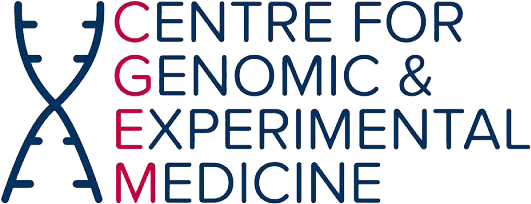R version 4.3.2 (2023-10-31)
Platform: aarch64-apple-darwin20 (64-bit)
locale: en_GB.UTF-8||en_GB.UTF-8||en_GB.UTF-8||C||en_GB.UTF-8||en_GB.UTF-8
attached base packages: stats, graphics, grDevices, utils, datasets, methods and base
other attached packages: plyr(v.1.8.9), KONPsurv(v.1.0.4), vip(v.0.4.1), patchwork(v.1.1.3), survminer(v.0.4.9), ggpubr(v.0.6.0), survival(v.3.5-7), ranger(v.0.16.0), yardstick(v.1.2.0), workflowsets(v.1.0.1), workflows(v.1.1.3), tune(v.1.1.2), tidyr(v.1.3.0), tibble(v.3.2.1), rsample(v.1.2.0), recipes(v.1.0.8), purrr(v.1.0.2), parsnip(v.1.1.1), modeldata(v.1.2.0), infer(v.1.0.5), ggplot2(v.3.4.4), dplyr(v.1.1.4), dials(v.1.2.0), scales(v.1.2.1), broom(v.1.0.5), tidymodels(v.1.1.1) and nnet(v.7.3-19)
loaded via a namespace (and not attached): gridExtra(v.2.3), httr2(v.1.0.0), rlang(v.1.1.2), magrittr(v.2.0.3), furrr(v.0.3.1), compiler(v.4.3.2), vctrs(v.0.6.4), stringr(v.1.5.1), lhs(v.1.1.6), rvest(v.1.0.3), pkgconfig(v.2.0.3), fastmap(v.1.1.1), ellipsis(v.0.3.2), backports(v.1.4.1), pander(v.0.6.5), KMsurv(v.0.1-5), utf8(v.1.2.4), datefixR(v.1.6.0.9000), rmarkdown(v.2.25), prodlim(v.2023.08.28), xfun(v.0.41), jsonlite(v.1.8.7), parallel(v.4.3.2), R6(v.2.5.1), stringi(v.1.8.1), parallelly(v.1.36.0), car(v.3.1-2), rpart(v.4.1.21), lubridate(v.1.9.3), Rcpp(v.1.0.11), iterators(v.1.0.14), knitr(v.1.45), future.apply(v.1.11.0), zoo(v.1.8-12), clisymbols(v.1.2.0), Matrix(v.1.6-3), splines(v.4.3.2), timechange(v.0.2.0), tidyselect(v.1.2.0), rstudioapi(v.0.15.0), abind(v.1.4-5), yaml(v.2.3.7), timeDate(v.4022.108), codetools(v.0.2-19), listenv(v.0.9.0), lattice(v.0.21-9), withr(v.2.5.2), evaluate(v.0.23), future(v.1.33.0), xml2(v.1.3.5), survMisc(v.0.5.6), pillar(v.1.9.0), carData(v.3.0-5), foreach(v.1.5.2), generics(v.0.1.3), munsell(v.0.5.0), globals(v.0.16.2), xtable(v.1.8-4), class(v.7.3-22), glue(v.1.6.2), tools(v.4.3.2), data.table(v.1.14.8), gower(v.1.0.1), ggsignif(v.0.6.4), grid(v.4.3.2), ipred(v.0.9-14), colorspace(v.2.1-0), cli(v.3.6.1), DiceDesign(v.1.9), rappdirs(v.0.3.3), km.ci(v.0.5-6), fansi(v.1.0.5), lava(v.1.7.3), gtable(v.0.3.4), GPfit(v.1.0-8), rstatix(v.0.7.2), digest(v.0.6.33), htmlwidgets(v.1.6.3), htmltools(v.0.5.7), lifecycle(v.1.0.4), hardhat(v.1.3.0), httr(v.1.4.7) and MASS(v.7.3-60)

